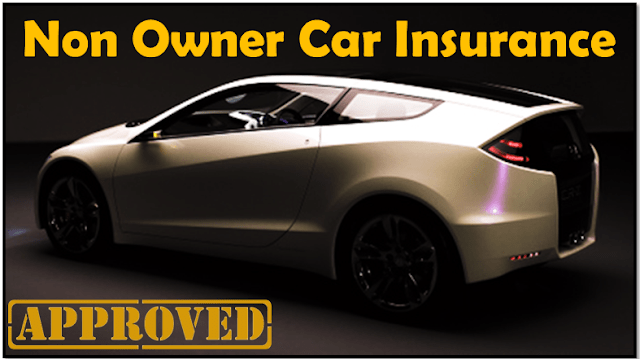Top 3 Tips for Comparing Car Insurance Providers
When it comes to car insurance, finding the right provider can feel like maneuvering through a maze. To make sense of your options, you need to assess your coverage needs and state requirements first. Understanding how to evaluate financial stability and customer satisfaction is essential, too. Finally, knowing how to compare quotes and discounts can lead to significant savings. So, what are the key factors to take into account in each of these areas?
Key Takeaways
- Standardize coverage options across quotes to ensure fair comparisons among different providers.
- Utilize online comparison tools to gather customized quotes that meet your specific needs.
- Assess each insurer's financial stability through ratings from A.M. Best and Demotech for reliable service.
- Look for valuable discounts such as multi-policy savings to maximize overall value.
- Regularly review your coverage to ensure it aligns with your current driving habits and vehicle value.
Assess Your Coverage Needs and State Requirements

How well do you understand your coverage needs and the requirements specific to your state? Start by identifying your state's minimum liability coverage, as most states mandate this for accident damages.
Additionally, check for any state-specific requirements, such as personal injury protection or uninsured motorist coverage. Assess your vehicle's value to determine if extensive and collision coverage is necessary, especially if you live in a disaster-prone area. Consider your driving frequency and history, as these factors influence your coverage choices and premium rates. It's also important to recognize the benefits of non-owner auto insurance if you frequently borrow vehicles. Don't forget to include all household drivers in your policy.
Regularly review your coverage to adapt to changes in your life, ensuring your insurance remains relevant and adequate. This annual insurance review is essential to confirm that your coverage aligns with evolving life circumstances.
Evaluate Insurance Providers' Financial Stability and Customer Satisfaction
While choosing a car insurance provider, evaluating their financial stability and customer satisfaction is essential for making an informed decision.
Look for financial strength ratings from agencies like A.M. Best and Demotech, which reflect an insurer's ability to meet obligations. A strong balance sheet indicates resilience during downturns, while adequate reinsurance can further bolster stability.
Assess customer satisfaction through J.D. Power ratings and NAIC complaint indices; lower complaint ratios and high claims satisfaction ratings are indicators of reliable service.
Evaluating customer satisfaction through J.D. Power ratings and NAIC indices reveals an insurer's reliability and commitment to service.
Combining these financial metrics with customer feedback gives you a thorough picture of an insurer's reliability. This approach helps guarantee that your chosen provider can handle claims efficiently and maintains a strong commitment to customer service.
Compare Quotes and Discounts for Maximum Value
When you're in the market for car insurance, comparing quotes and discounts can make a significant difference in the value you receive.
Start by standardizing coverage options, guaranteeing each quote includes matching coverage amounts and deductibles. This provides a fair comparison of liability limits and additional features like roadside assistance.
Utilize online comparison tools or visit insurer websites for customized quotes. Don't overlook valuable discounts, such as multi-policy savings or safe driving rewards.
Assess financial implications, including premium costs and deductible amounts, to find the balance that suits your budget.
Finally, confirm all quotes meet state requirements and evaluate any potential exclusions that may affect your coverage. This thorough approach maximizes your car insurance value.
Conclusion
In conclusion, savvy shoppers should systematically assess coverage, scrutinize stability, and seek substantial savings. By carefully comparing car insurance providers, you can confidently choose a policy that meets your needs without breaking the bank. Remember, understanding your coverage requirements, evaluating financial health, and exploring discounts will lead you to the best bang for your buck. Stay informed and make a decision that's not only financially sound but also supportive of your driving safety and satisfaction.
